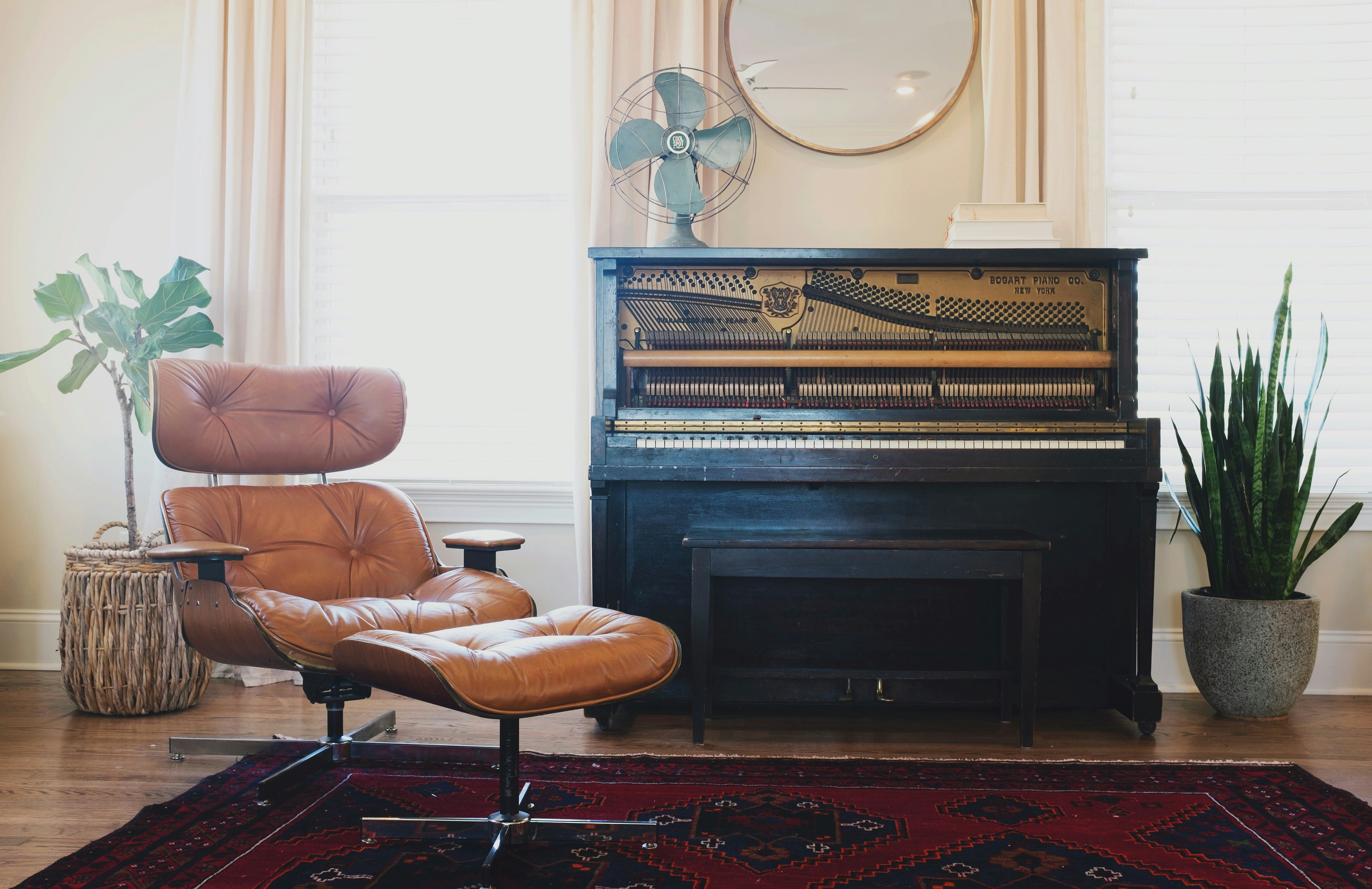Transforming Spaces: The Innovation of Multifunctional Furniture in Modern Interior Design
Furniture has always been a crucial component of home design, yet the modern era has inspired a shift from static, space-consuming furnishings to dynamic, multifunctional pieces. This transformation is not merely a design evolution—it's a response to changing lifestyles and housing conditions, bringing both style and practicality into our living spaces.

Tracing the Timeline
The concept of multifunctional furniture is not new. It dates back to the 18th century when inventors like Thomas Jefferson designed innovative pieces like the revolving bookstand. However, the demand for such furniture has increased dramatically in the 21st century. Growing urbanization and the rise of smaller living spaces have driven this trend, making efficient use of space a design imperative.
Current Styling Trends and Insights
Today, multifunctional furniture has become a design movement, with renowned interior designers embracing this trend. Whether it’s a coffee table that transforms into a dining table or a wall unit that hides a fold-out bed, these pieces blend functionality with aesthetics. The market is saturated with options, from high-end designer pieces to affordable, flat-pack designs, making this trend accessible to a wide audience.
The Practicality of Multifunctional Furniture
Multifunctional furniture offers several benefits. Firstly, it maximizes space, making it ideal for small apartments, studios, or homes with open floor plans. Secondly, it offers flexibility, accommodating changing needs without the need for additional furniture. This adaptability is particularly useful in multi-purpose rooms such as a home office that doubles as a guest room. Lastly, multifunctional furniture can be cost-effective, as one piece can serve multiple functions.
The Impact on Daily Living
The practicality of multifunctional furniture extends beyond saving space and cost. It also has a profound impact on how we live. It encourages a minimalist lifestyle, reducing clutter and creating a more organized, stress-free environment. This is particularly relevant in the current era, where the line between work and home has blurred, and creating a harmonious, multifunctional space is more important than ever.
In Conclusion
The rise of multifunctional furniture is a testament to the evolving nature of interior design. It encapsulates the shift from opulence to minimalism, from excess to efficiency. It’s a trend that continues to gain popularity, driven by the needs of modern living. More than a design trend, multifunctional furniture reflects our changing lifestyles, making our homes not just beautiful, but also functional and adaptable.




